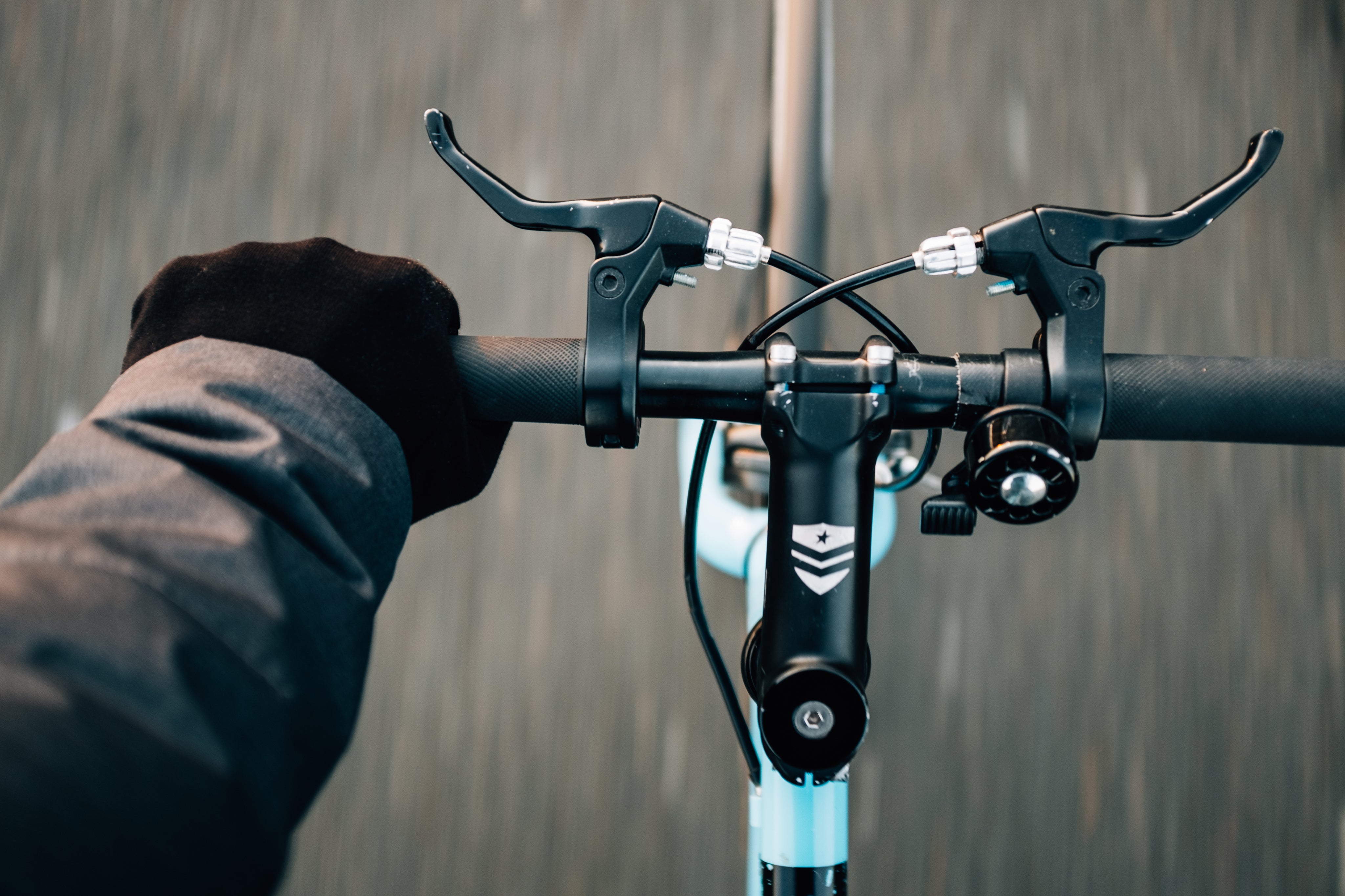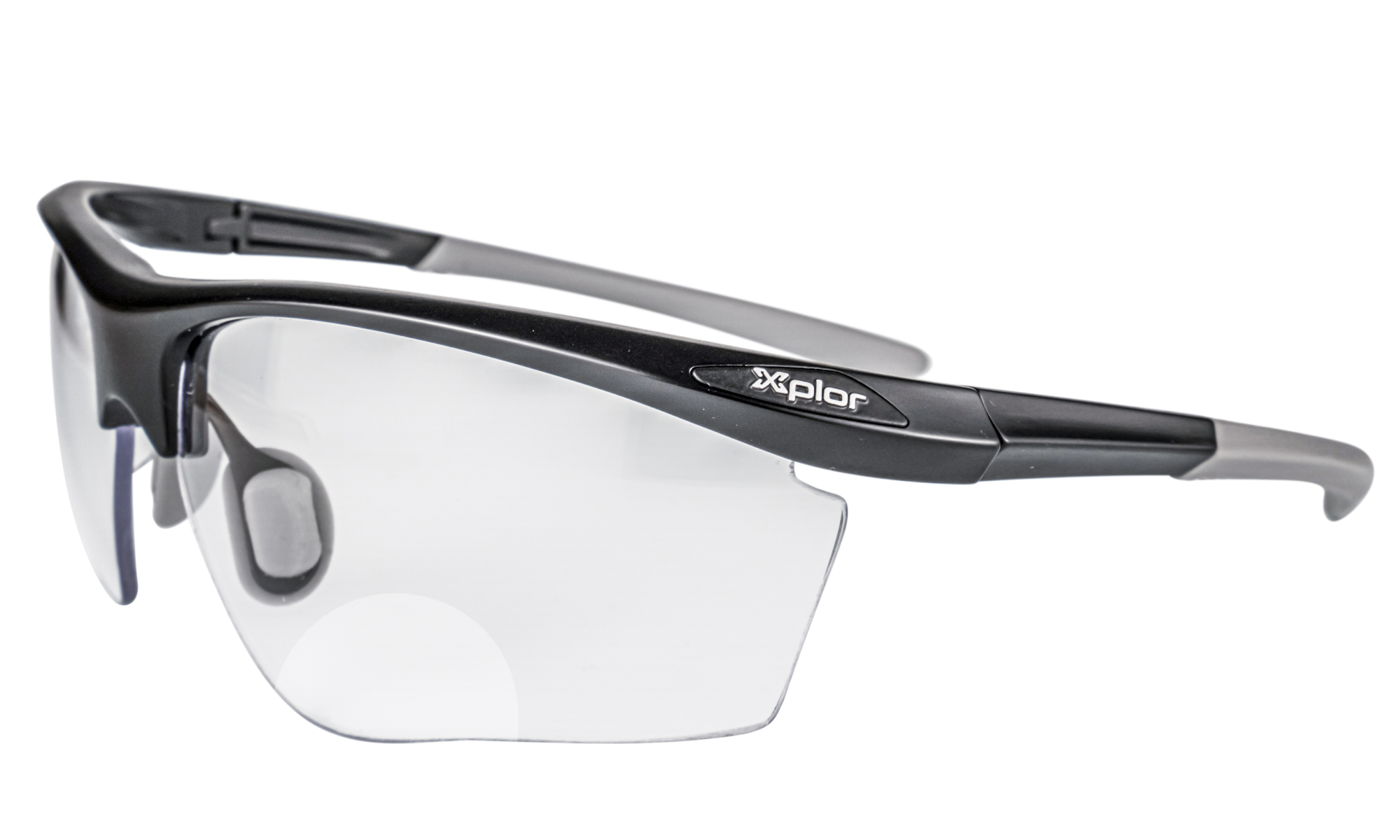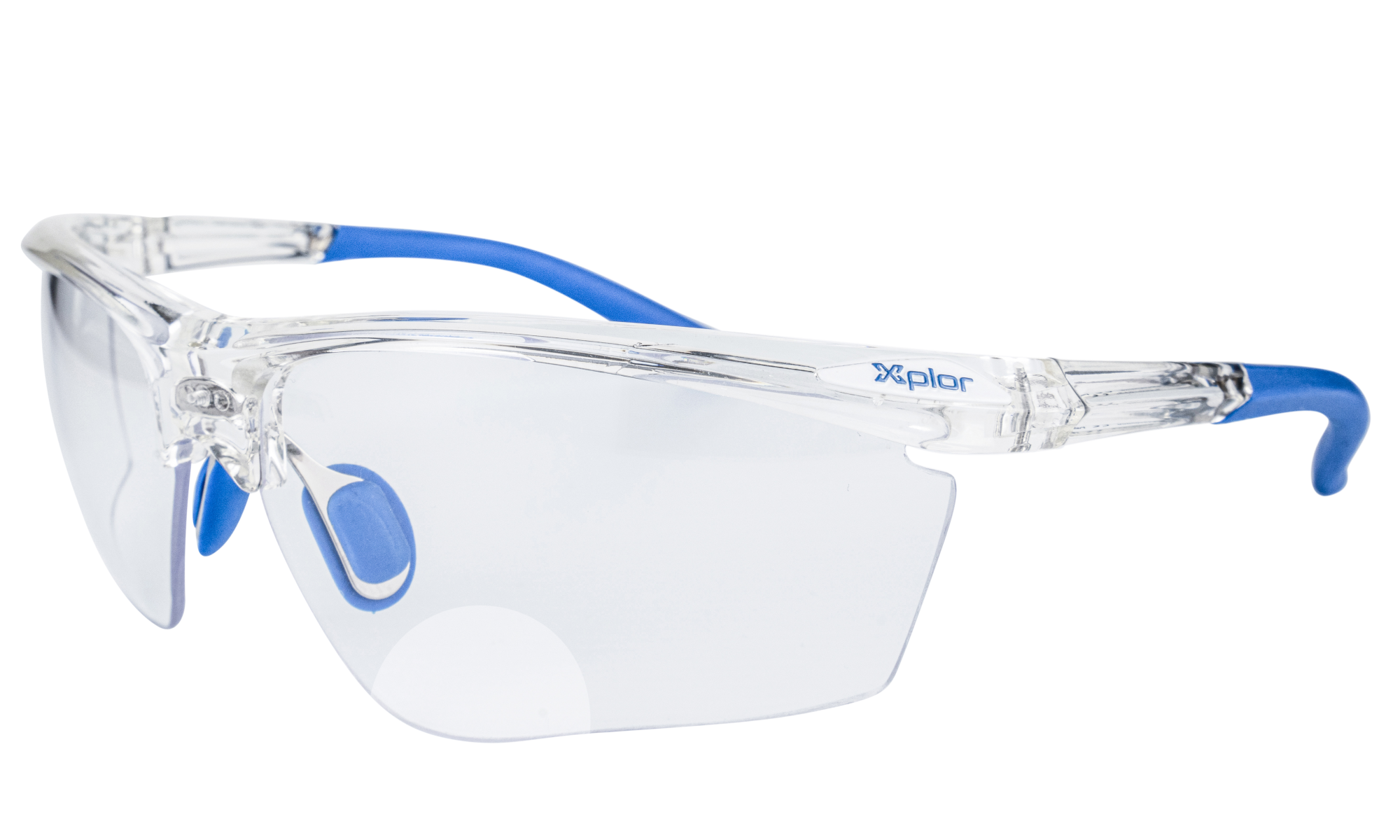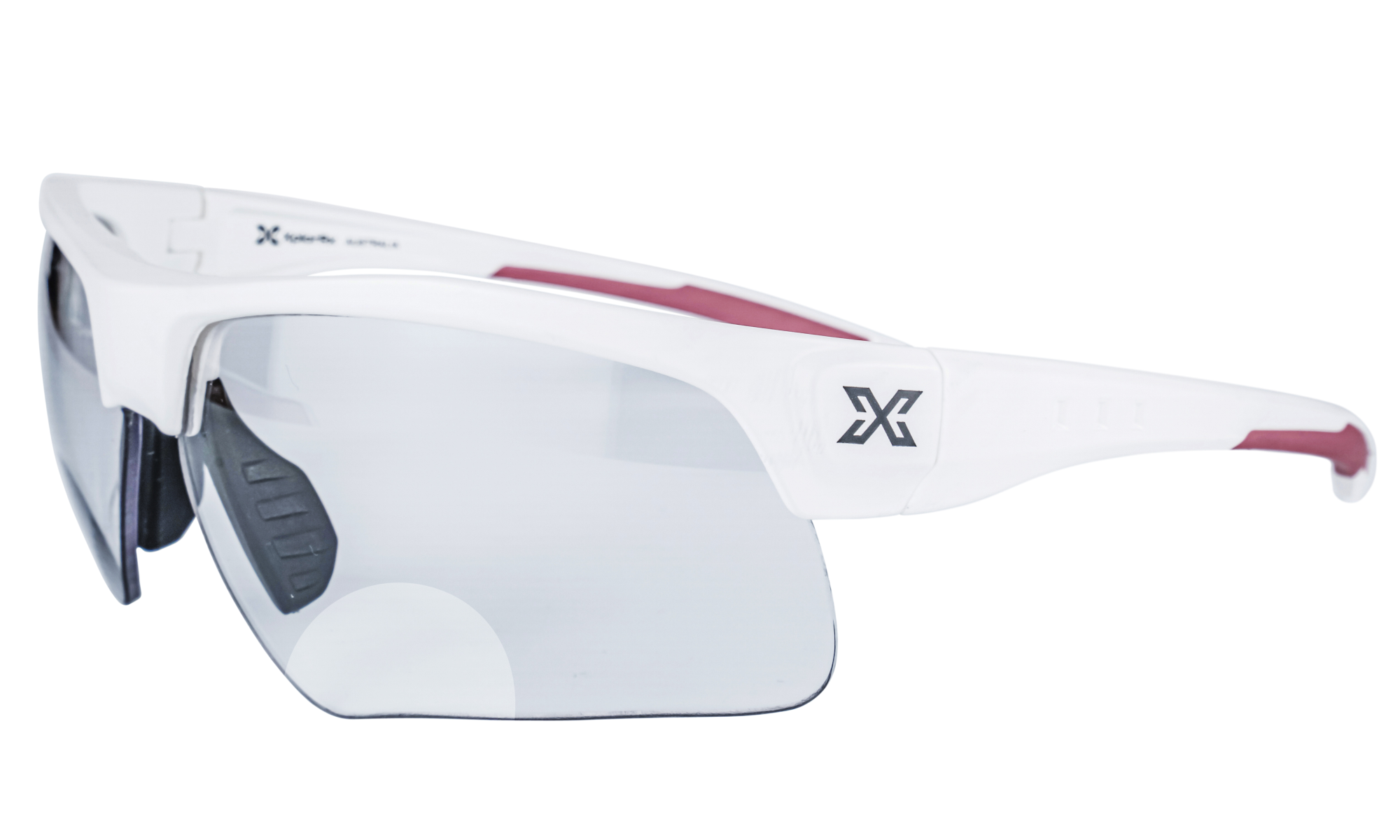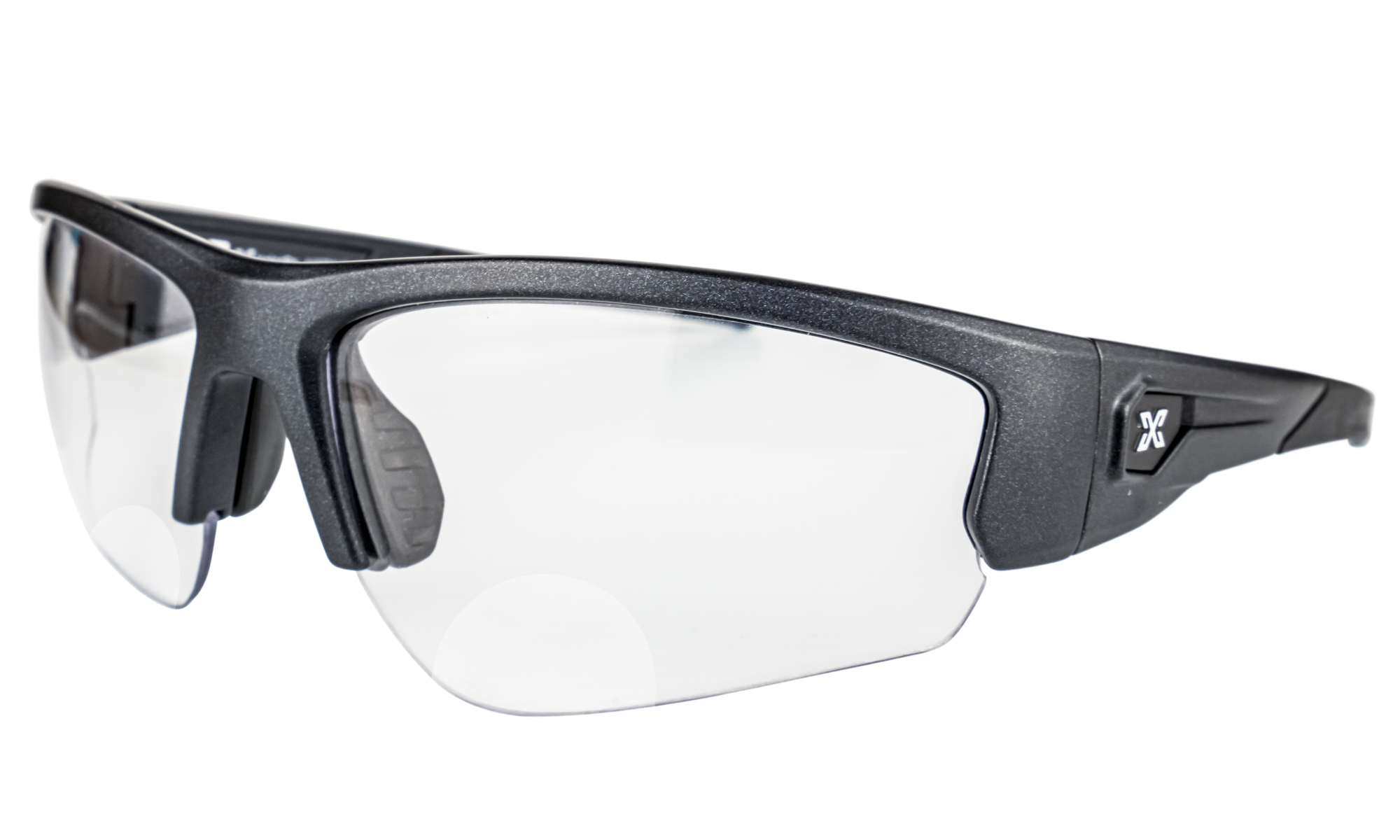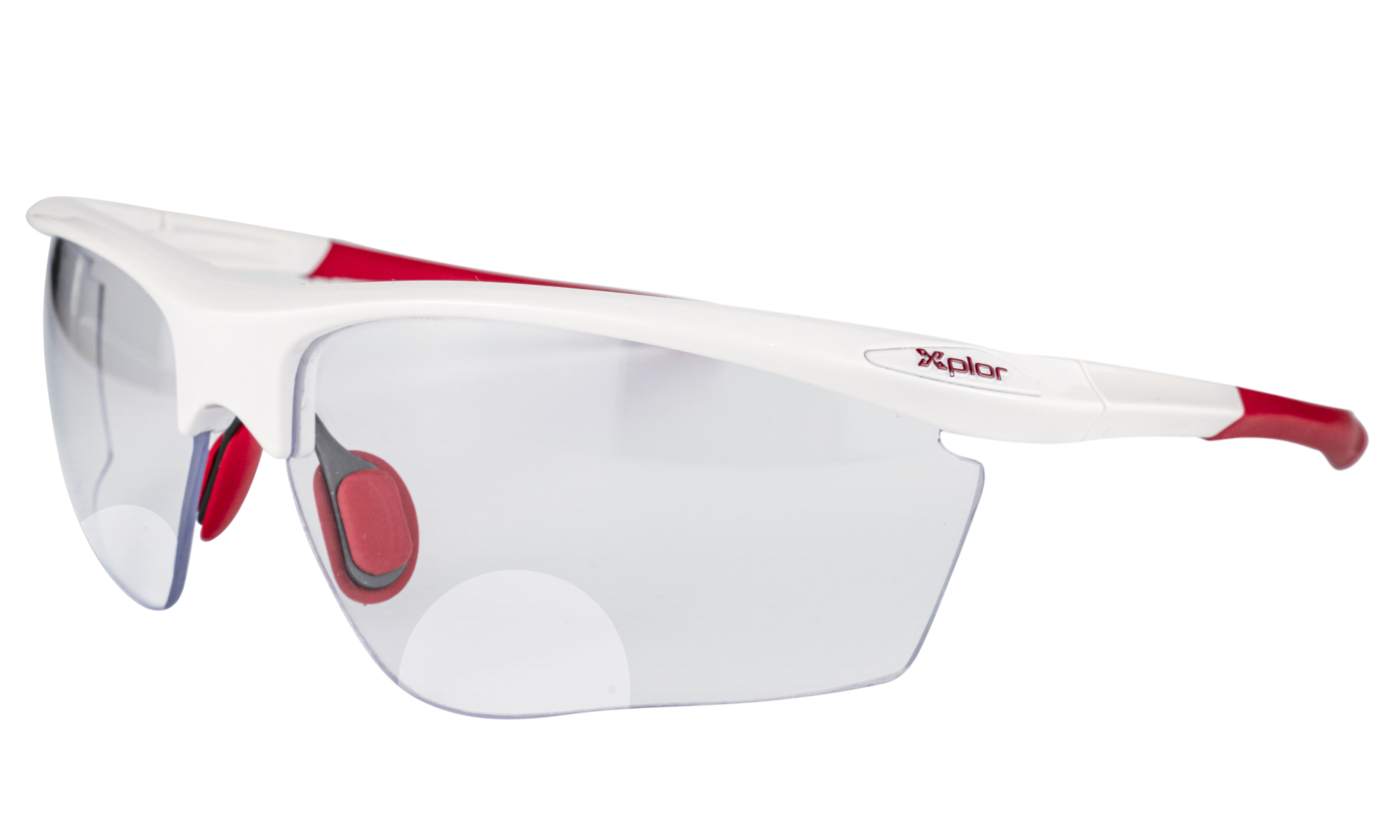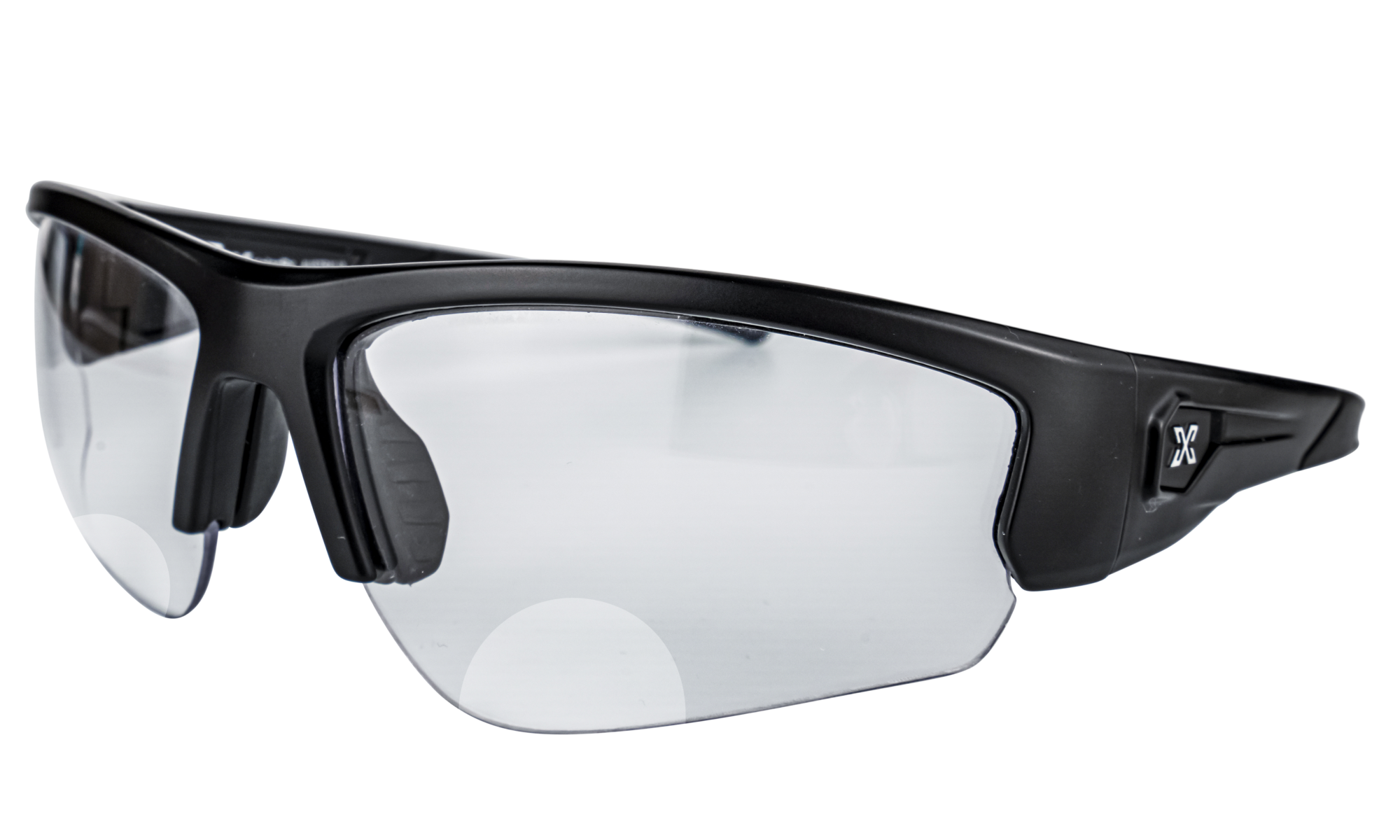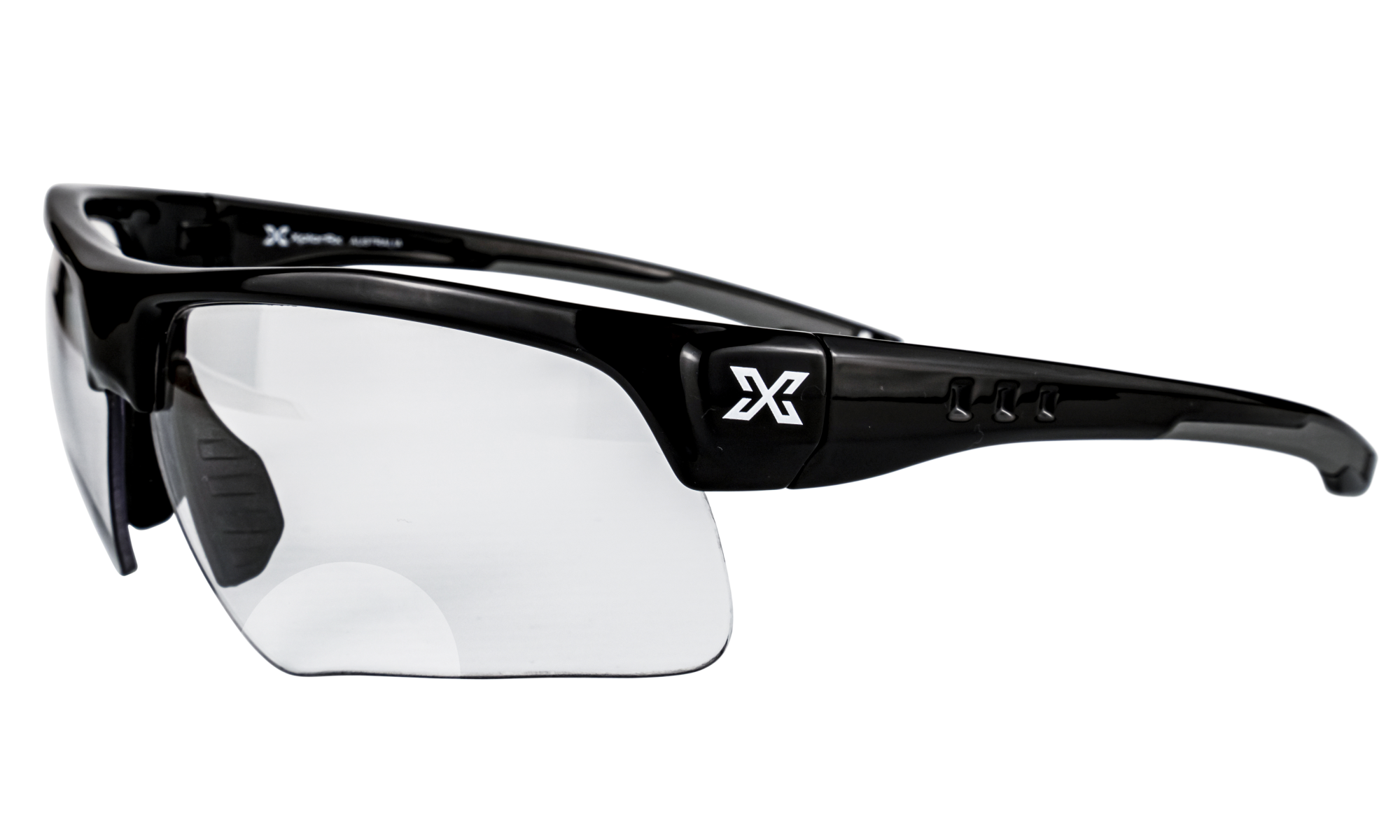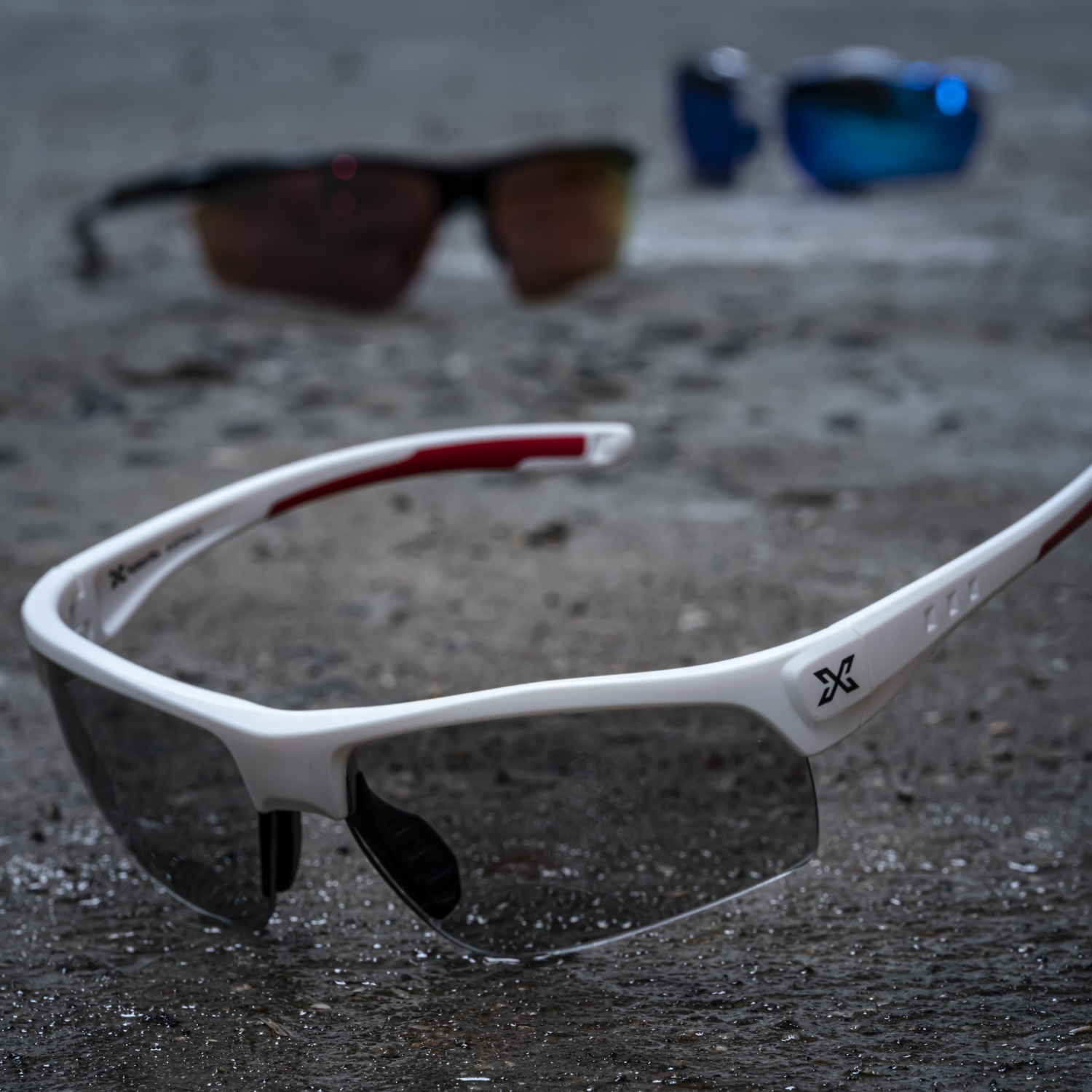How Photochromic Lenses Work: A Guide for Cyclists

See Clearly in Sun, Shade and Everything In Between
Cycling is unpredictable — one minute you’re in bright sunlight, the next you’re flying through a shaded trail. Stopping to swap out glasses is not only annoying, but also dangerous. That’s where photochromic lenses come in.
If you’re wondering how these light-responsive lenses work and whether they’re worth it for your rides, this guide has you covered.
What Are Photochromic Lenses?
Photochromic lenses, sometimes called transition lenses, are optical lenses that automatically darken in response to sunlight (UV exposure) and return to clear or lightly tinted when the light fades.
In short:
-
Bright light = darker lens
-
Low light or indoors = clearer lens
They're ideal for cyclists who ride in changing light conditions, from early mornings to shaded forests to full sun.
How Do They Work?
Photochromic lenses are made using special molecules (often silver halide or organic photochromic dyes) embedded in the lens material. When exposed to ultraviolet (UV) rays, these molecules undergo a chemical change that causes the lenses to darken.
When the UV light decreases, the molecules return to their original state — making the lenses clear again.
💡 Fun fact: They’re UV-activated — so they won’t darken much behind car windscreens unless specifically designed for it (like Transitions® Drivewear, which we also offer!).
Why Cyclists Love Photochromic Lenses
Here’s why they’re a game-changer:
1. Perfect for Variable Light Conditions
Road cycling at dawn, MTB in and out of shade, or commuting under cloudy skies — photochromic lenses adjust automatically to suit your environment.
2. Reduces Glare and Eye Strain
By darkening in bright conditions, they reduce squinting, discomfort, and UV exposure. Many also include polarisation or hydrophobic coatings for enhanced clarity.
3. No Need to Carry Multiple Pairs
Leave the lens-swapping behind. Photochromic glasses adapt in real-time, so you can just ride.
4. Lightweight and Sport-Specific Designs
Modern photochromic cycling glasses (like those at cyclingglasses.com.au) are built for performance, with wraparound frames and shatterproof lenses designed for active use.
What About Cyclists Over 40?
Great news: photochromic bifocal cycling glasses exist — and we specialise in them. They combine the clarity of light-adaptive lenses with the close-up help of a discreet reading segment, perfect for seeing your GPS, phone, or maps on the go.
✅ Check out our XplorRx® Bifocal Photochromic Range for over-40s riders who want clear, adaptive vision at all distances.
How Long Do Photochromic Lenses Take to Change?
-
Darken: Typically within 30 seconds to 2 minutes in full sunlight.
-
Clear up: Usually clears within 2–5 minutes once UV is gone.
Premium lenses respond faster and more evenly across the lens surface.
Are All Photochromic Lenses the Same?
No — some things to consider:
-
Colour Shift: Some go grey, others shift to brown, orange, or copper depending on contrast needs.
-
Speed of Transition: Higher-end lenses adjust more quickly.
-
Indoor Clarity: Some remain slightly tinted indoors; others go nearly clear.
-
UV vs Visible Light Activation: Basic lenses only respond to UV. Drivewear lenses work behind windscreens, too.
We offer a carefully curated range — from high-contrast orange-to-grey lenses to Transitions® Drivewear.
Final Thoughts
If you’re serious about cycling, don’t let changing light slow you down. Photochromic lenses offer the clarity, protection, and convenience modern cyclists need — with no fiddling, swapping, or compromise.
🚴Ready to upgrade? Browse our full photochromic cycling glasses range and discover why cyclists across Australia trust cyclingglasses.com.au for their performance eyewear.


